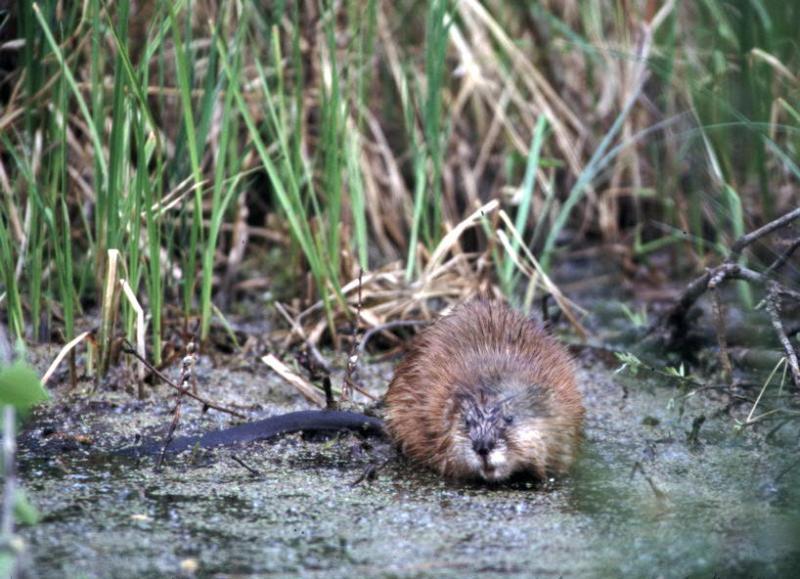Prey species must be Vigilant
By Dave Hanks
The world contains both predator and prey. Prey species do not live very long by being careless! Predators come in all sizes and shapes, and they must eat too. Because their prey is alert to them, they usually only make a kill after many tries. Therefore, they must use deception, speed, or make many attempts to satisfy their hunger.
Prey species may gather in large groups and depend on the many eyes, ears, and noses to alert the group to danger. Some depend on disguise to not be noticed. I donít know how many times I would never have seen an animal, if it had not panicked, and remained motionless. Remaining in disguise is, also, a predator trick that lets the victim come close enough to surprise. Heavy bodied snakes are labeled as ďLay in wait snakesĒ. They can be so well concealed, that they simply latch onto a meal as it passes close by. Another interesting tactic is to look dangerous. By mimicking a poisonous species, or by looking scary (like butterflies with large eye-like spots on their wings) will deter many attacks.
Some fish simply make friends with bigger fish. By offering their services to pick parasites off the hostís back, or to clean their teeth; makes the smaller fish more valuable for its service than it would be as a meal. The predator protects them because they are far more useful alive than dead.
Muskrats are the epitome of wariness. They are most difficult to photograph, even though you may be aware of their presence. They rely on well camouflaged, safe havens. Their speed of swimming, while keeping a low profile in the water, lets them escape to burrows excavated in the banks of slow moving streams. These burrows are well hidden amid the streamís sedges. The dens have many underwater tunnels leading to several dry chambers that have ventilation holes. Here the animal can bring in food, or wait out any perceived dangerous situation.
(A Muskrat caught unawares)
|
